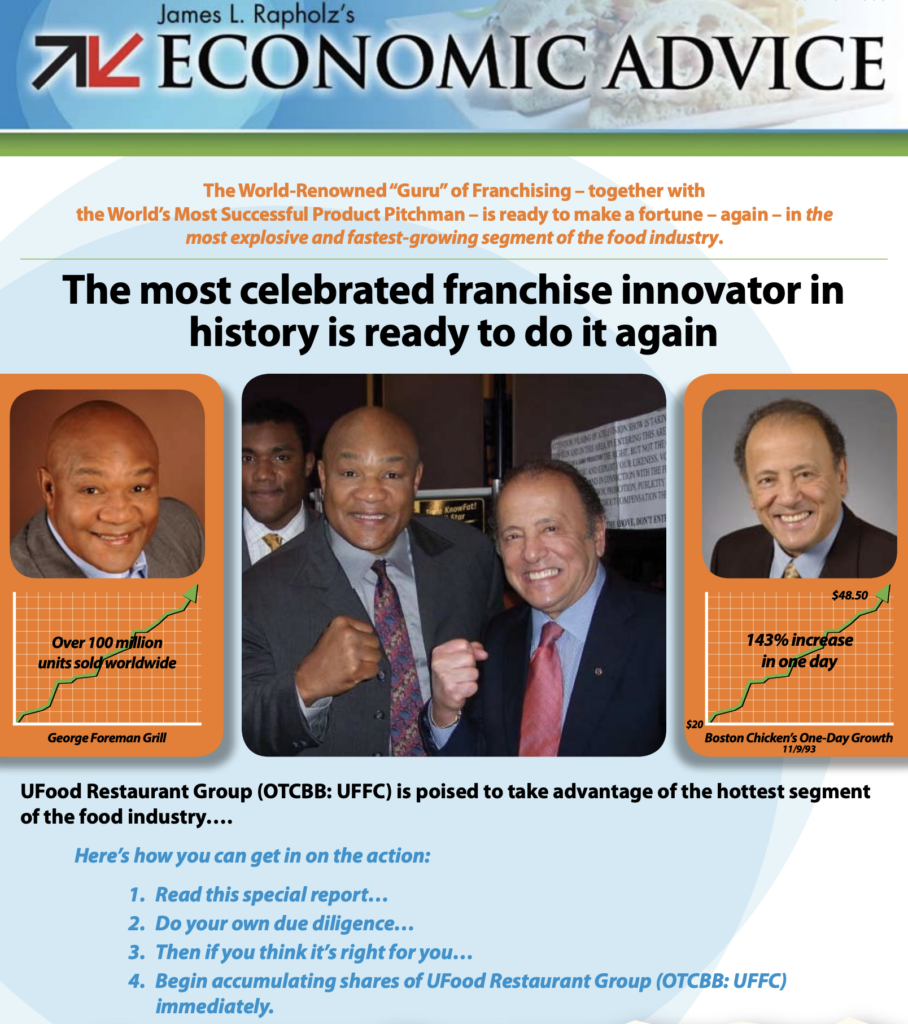Investor Awareness Campaign Lessons I’ve Learned in 25-Plus Years in the Business
My experience with investor relations promotions probably goes back just as far as any other copywriter on the planet.
I can recall being a part of discussions about what was described as a new idea at the time – back in the late 1990s – of having publicly traded companies pay for well-researched write-ups from financial newsletter editors.
As a group publisher in Agora’s financial division at the time, I was obviously interested in how this up-and-coming new revenue source would take shape.
Would our editors be interested in “selling” their endorsement power in the name of earning a quick buck? (Turns out they mostly were.)
Could we, as publishers, maintain a semblance of editorial objectivity? (Turns out the answer was “not really,” although all these years later that doesn’t seem to matter much.)
When I look back at those early days and consider what the industry looks like today, it’s clear that a lot has changed in the 25 years or so since I first worked on a “stock promotion” piece.
For one, the medium has moved from mostly print-and-mail to one that is almost exclusively digital. And that comes with a lot of advantages. The speed and flexibility of today’s campaigns really could not have been imagined back in the mid-‘90s.
For another, the importance of a recognizable editor or “expert” telling the story has diminished quite a bit. Having a guru attach his or her name to a company’s story can still be very powerful…but a great many successful IR promotions over the past several years have not followed the “guru model.”

Another drastic change in the industry over the years is that there’s a much greater emphasis these days on making sure all relationships and payments are disclosed…and that all facts and claims made in a promotion can be sufficiently documented and supported.
That, as well, is a very welcome change – not only for potential investors but for copywriters and marketers as well.
But there’s one thing that hasn’t changed during all this time…and it’s the thing that remains the overwhelming key to success with investor awareness promotions.
And that key to success is one of the founding principles of all great direct marketing communication: Telling your story clearly, simply and concisely.
The very same investor who was sorting through his mail – and likely complaining about the excessive roaming charges in his new “mobile phone” bill – had very little time for advertisements.
We knew back then – even before the internet shortened our attention spans – that you only had a few seconds to grab a reader’s attention with a compelling big idea.
So when it came time to apply those tried-and-true direct marketing fundamentals to help tell the story of these publicly traded companies now willing to pay to get their message out…it was critically important to keep the message simple and make it easy to understand.
That same idea – keeping the message as simple and powerful as possible – is even more important in today’s predominantly digital environment.
The internet and social media have truly changed the way we sort and process information. I’m a firm believer that we have even less time to grab a reader’s attention today than we had 20 years ago.
No matter if the company you’re promoting is a tech stock…a resource company…or a hot new biotech…you have to be able to demonstrate 3 key things to an investor in just a few seconds:
- Potential: Why this company can help investors make money.
- Uniqueness: What makes this company unique and superior to others in its industry.
- Urgency: Why an investor needs to consider taking action now.
Now, admittedly…getting all three of those things across in just a matter of seconds is a pretty tall order.
But that’s the challenge we sign up for when we write these promotions.
The good news is that it can be done…although it’s not always easy.
The importance of this simplicity, unfortunately, is something that can be difficult to help many companies understand.
Oftentimes a company’s management is very proud of all aspects of their business – and they want to make sure nothing is left out of a promotion.
There’s nothing wrong with that, of course. It’s just that the lead has to remain simple and concise.
The company’s management might not always be able to boil down the essential elements of their story into those precious few lines of compelling copy. After all, that’s our job as writers and marketers.
Over the past 25 years or so I’ve seen and written hundreds of these promotions and I can tell you that it’s easy for them to blend together after a while.
One gold company – with an exciting property and huge upside potential – can look incredibly similar to another gold company with an exciting property and huge upside potential.
But I’ve learned over all these years that if you dig deep enough – and ask the right questions – you’ll find that most companies looking to tell their story really do have something compelling you can build upon. Something that makes them unique…potentially successful…and gives their story some urgency.
Once you have those elements figured out, your task is to communicate them simply and powerfully to the reader.
If you can build a headline and lead that gets the reader so interested in hearing more that they’ll read on and learn the company’s story in greater detail…then you’re well on your way to success.

